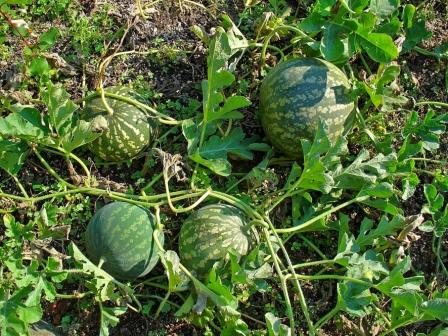caftan marocain haute couture 2012 - caftan marocain takchita - Caftan Maroc
August 1st, 2012 photos maroc, caftan marocain haute couture 2012 - caftan marocain takchita-Caftan Maroc, takchita 300,109 Tkachith
Tkachith imminent 2013 2013 takechita top seam More photos and info: Caftans, takchitas, Lebssa, Jelaba send an ema ...
Stars In Caftan: Leila Hadioui @ Festival of Marrakech
VIP Red Caftan: Pascale Machaalani 200 1134
| More photos and info: Caftans, takchitas, Lebssa, Jelaba send an email: caftan.me @ gmail.com More pictures Kaftans, Kaftans ...
Royal caftan: 200167

More pictures: | More photos and info: Caftans, takchitas, Lebssa, Jelaba send an email: caftan.me Mor ... @ Gmail.com
The beautiful Green Caftan: Leila Hadioui
Caftan 300,356 Kaftan
Kaftan 2013 Caftan 2013 More photos and info: Caftans, takchitas, Lebssa, Jelaba send an email: caftan.me @ gma ...
CAFTAN TURQUOISE BLUE VELVET
For More Photos Our Designers Moroccans Caftans, takchitas, Lebssa, Jelaba visit our website and contact ...
Takchita: 600002
Tkachith Hamra PFCs 2013 Takchita 2013 More photos and info: Caftans, takchitas, Lebssa, Jelaba send an email: caf ...
takchita Beautiful: 400204
Tkachith 2013 Takchita 2013 More photos and info: Caftans, takchitas, Lebssa, Jelaba send an email: caftan.me @ gmai ...
takchita green: 200,313
| More photos and info: Caftans, takchitas, Lebssa, Jelaba send an email: caftan.me @ gmail.com More pictures Kaftans, Kaftans ...
PEOPLE HAS ALWAYS
The Real Princess Kaftan Princess Lalla Sakina snatched attention
Moroccan tables on the pages of Facebook new images of the granddaughter of the late King Hassan II, Princess Lalla Sakina, during its presence, accompanied by her mother Prince Lalla Meri ...
takchita 300,109 Tkachith
Tkachith imminent 2013 2013 takechita top seam More photos and info: Caftans, takchitas, Lebssa, Jelaba send an ema ...
VIP Red Caftan: Pascale Machaalani 200 1134
| More photos and info: Caftans, takchitas, Lebssa, Jelaba send an email: caftan.me @ gmail.com More pictures Kaftans, Kaftans ...
Caftan Lalla selma: William Wedding Part 3
Royal caftan: 200167
| More photos and info: Caftans, takchitas, Lebssa, Jelaba send an email: caftan.me Mor ... @ Gmail.com
VIP CAFTAN Lalla Selma In Wedding of Prince william 1
The beautiful Green Caftan: Leila Hadioui
CaftanLand.com, Lorsque la mode se veut caftan, caftan Marocain et takchita, robe de mariée negafa ...
caftan, caftans, maroc, marocain, takchita, negafa, robe mariée
caftan-marocain-amine_mrani21

caftan-marocain-amine_mrani22

caftan-marocain-amine_mrani23

caftan-marocain-amine_mrani24

caftan-marocain-Fadwa-Mellouk

caftan-marocain-Fadwa-Mellouk1

caftan-marocain-Fadwa-Mellouk2

caftan-marocain-meryem-belkhayat

caftan-marocain-meryem-belkhayat1

caftan-marocain-meryem-belkhayat2

caftan-marocain-meryem-boussikouk

caftan-marocain-meryem-boussikouk1

caftan-marocain-meryem-boussikouk2

caftan-marocain-samira-haddouchi

caftan-marocain-samira-haddouchi1

caftan-marocain-samira-haddouchi2

caftan-marocain-samira-mhaidi-knouzi

caftan-marocain-samira-mhaidi-knouzi1

caftan-marocain-samira-mhaidi-knouzi2
morocco culture,moroccan food,morocco food,moroccan cuisine,morocco beaches,moroccan meal,beaches in morocco,moroccan culture,hercules cave,hercules cave morocco





































